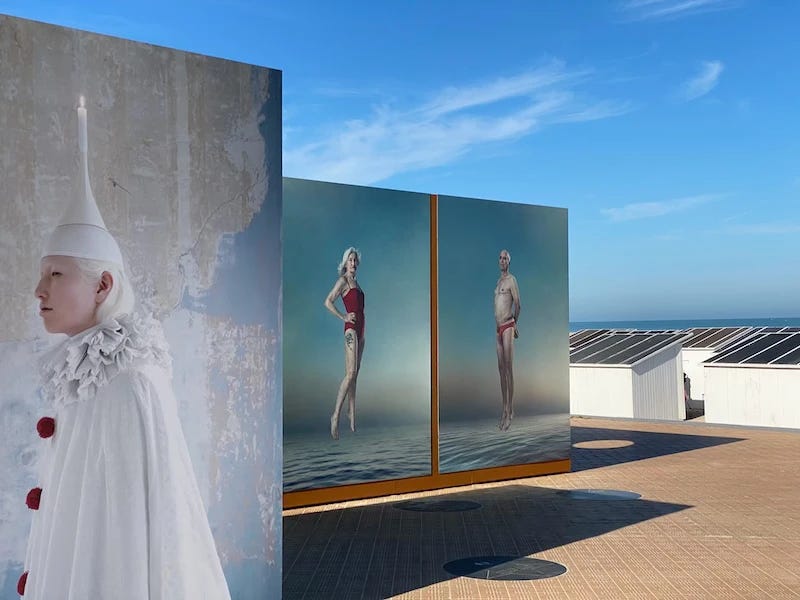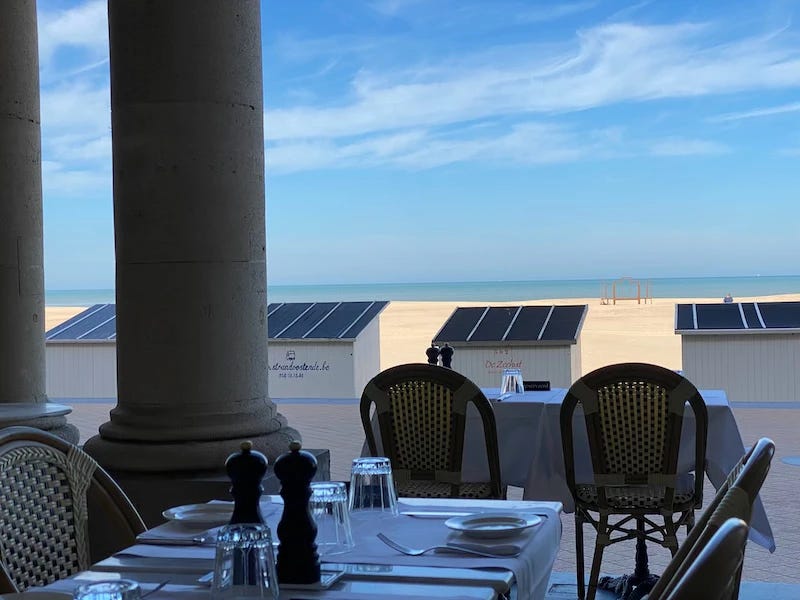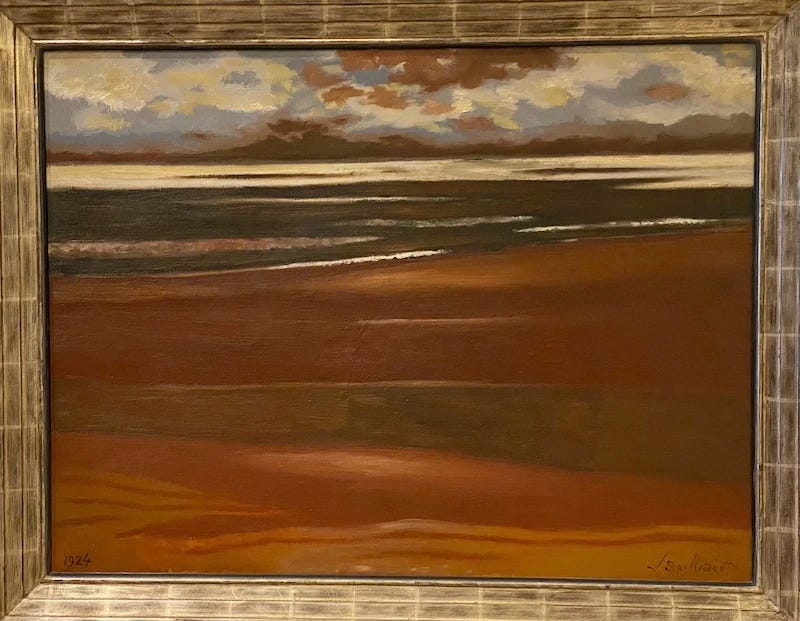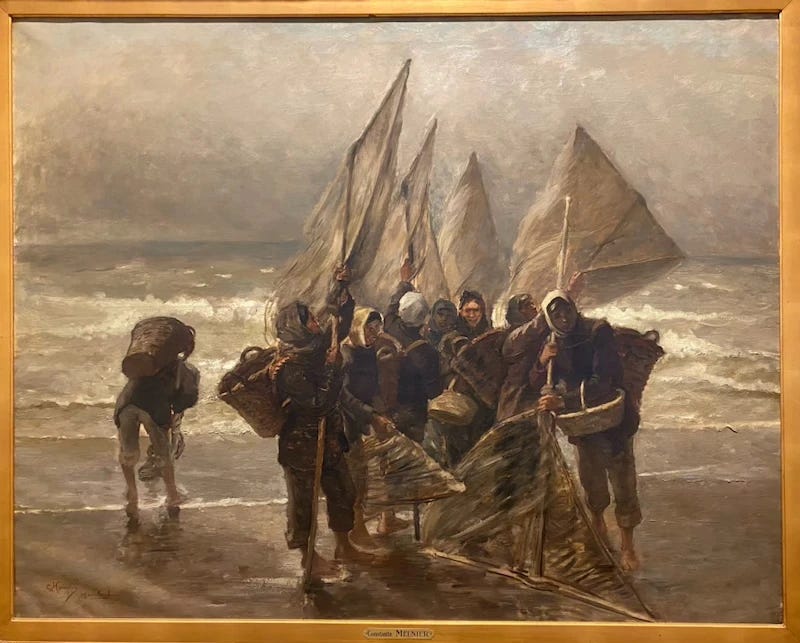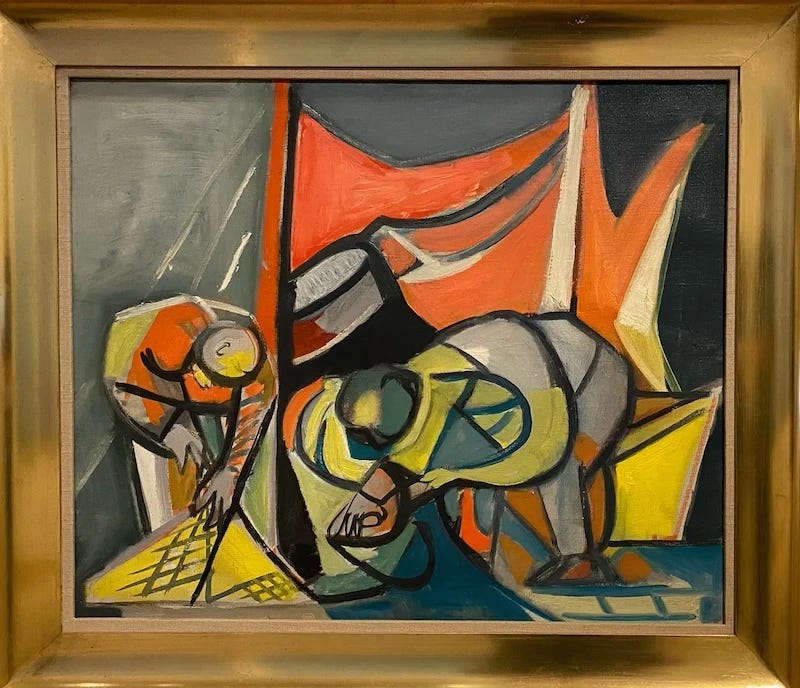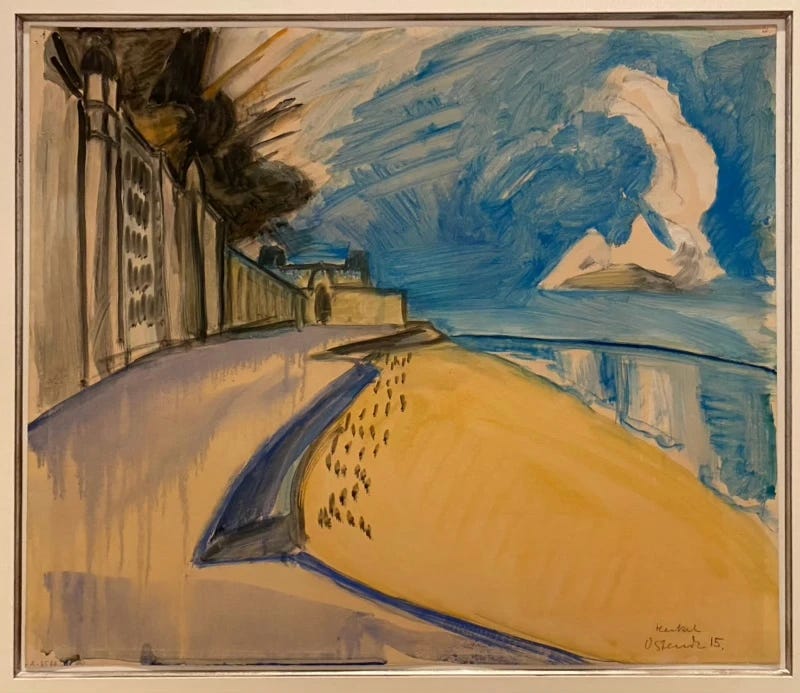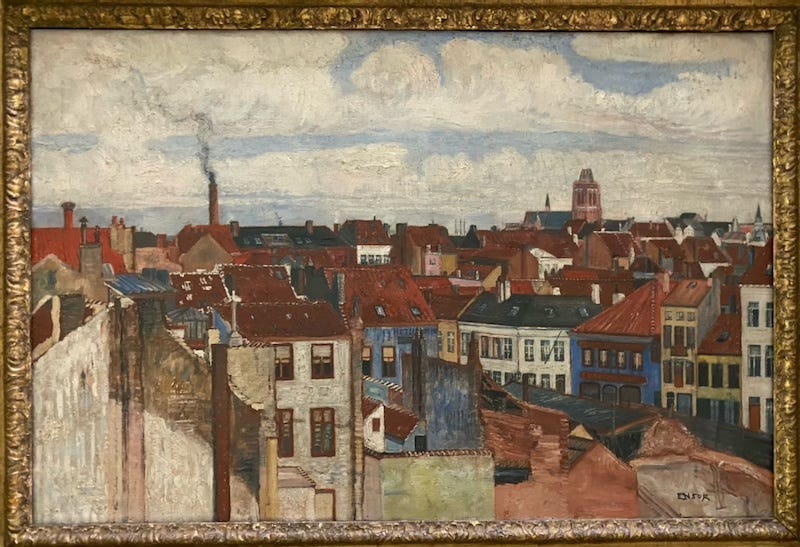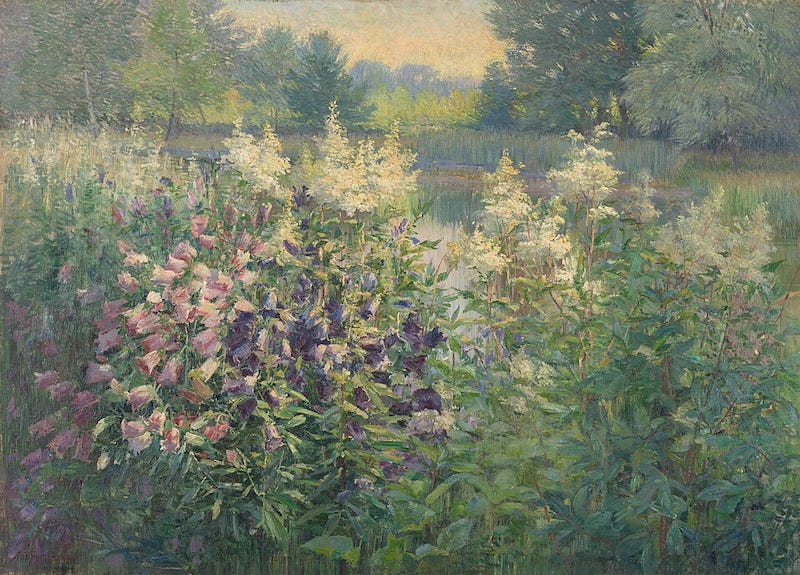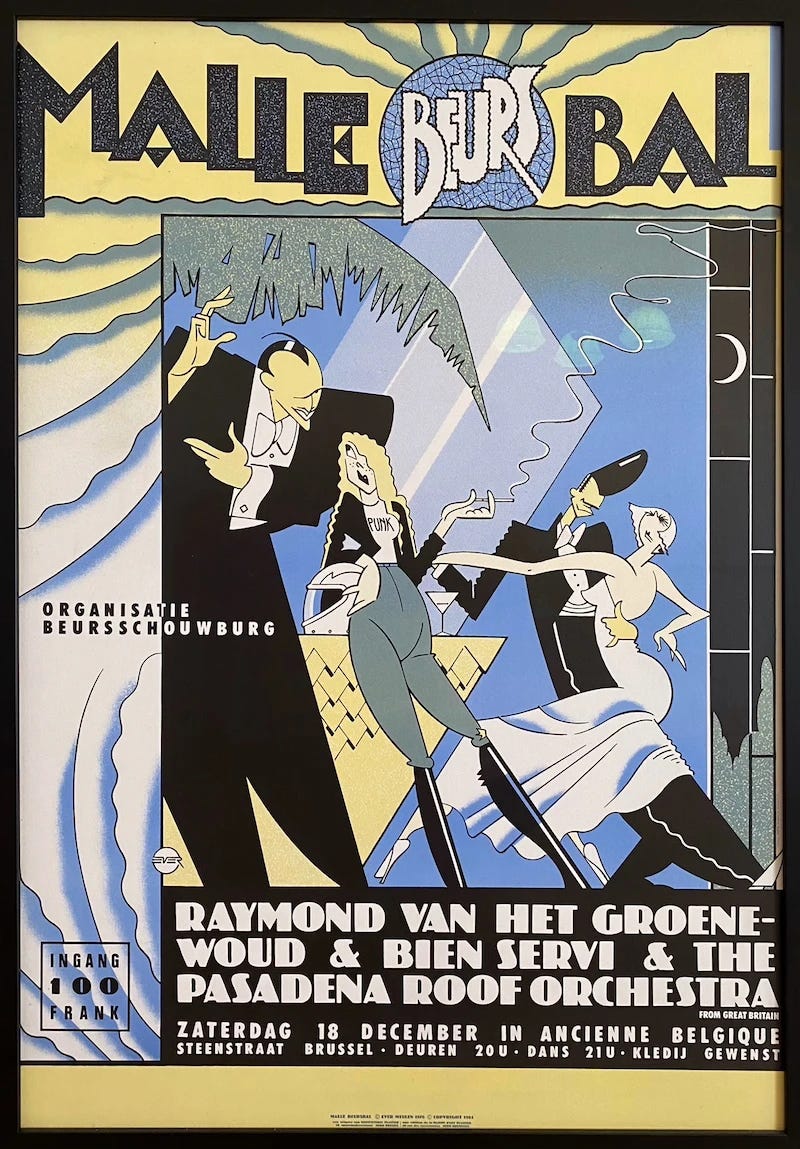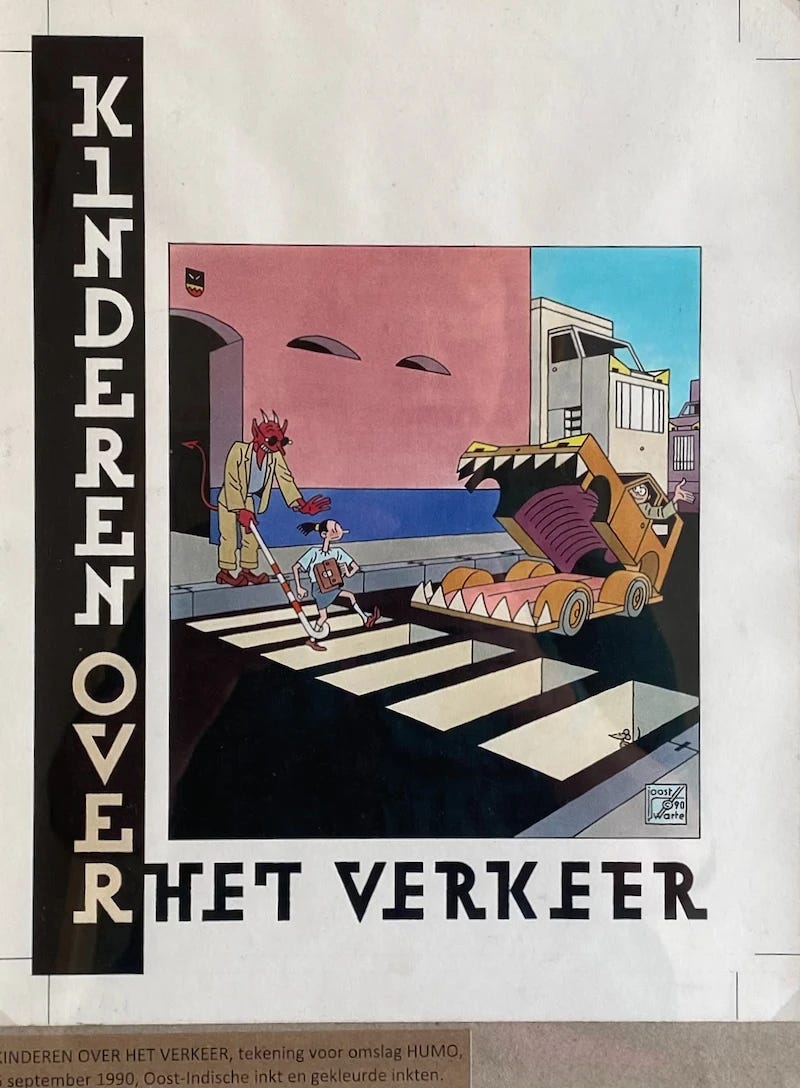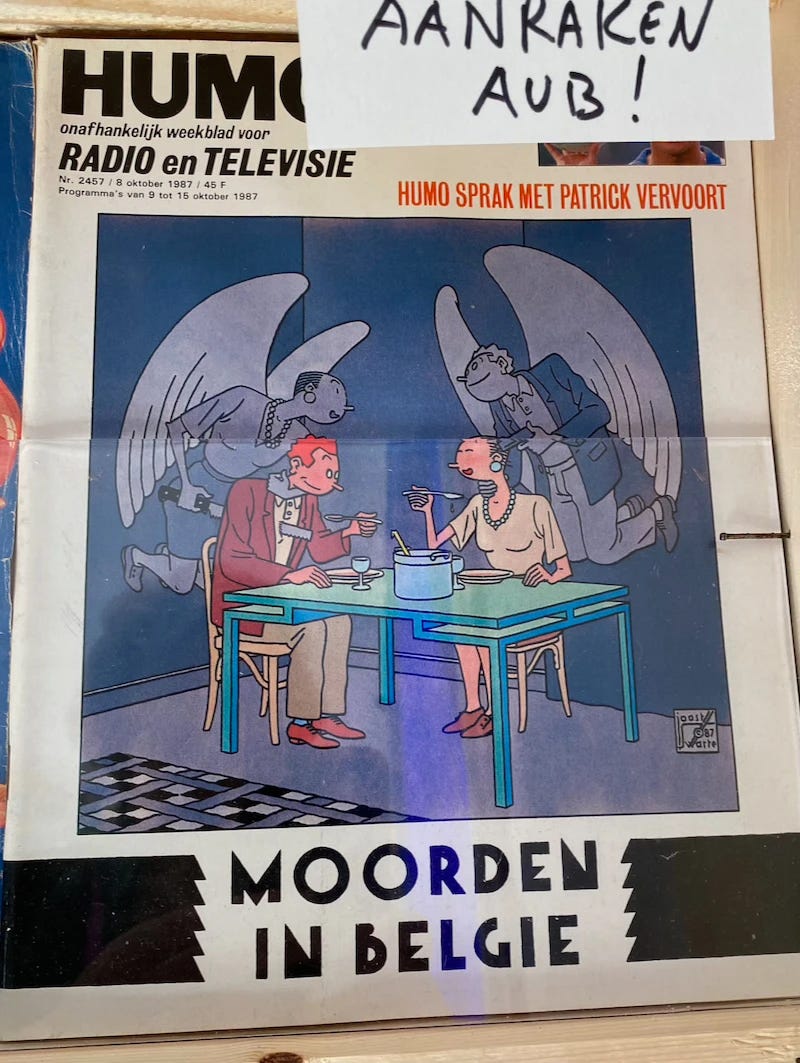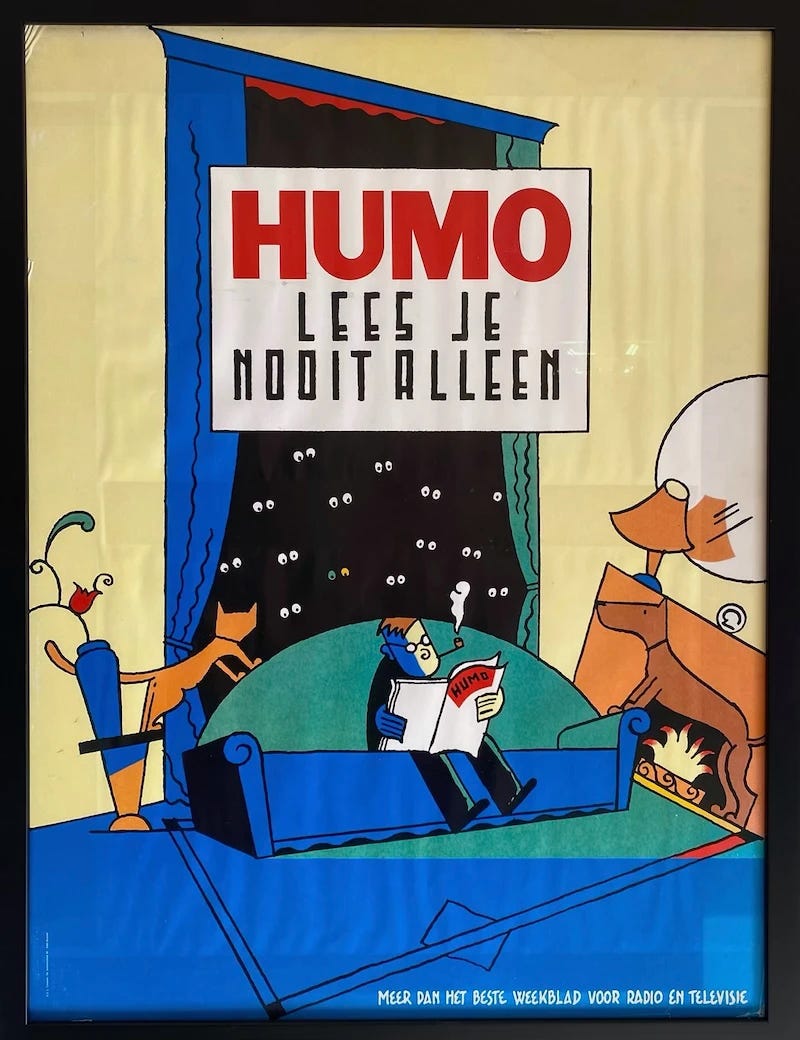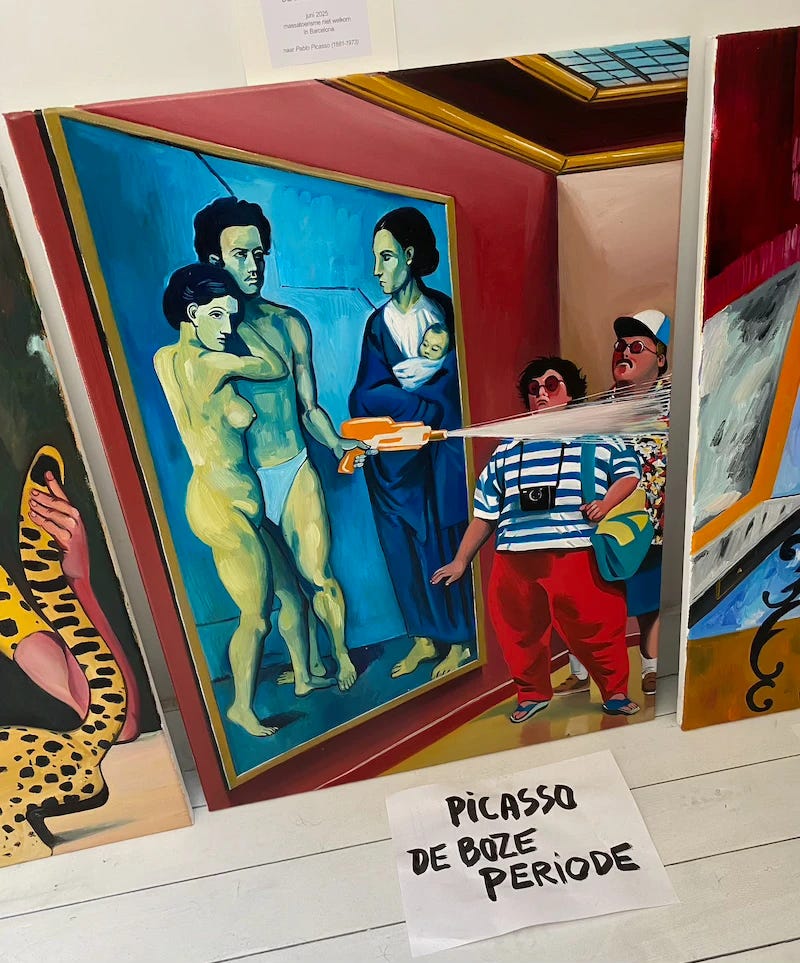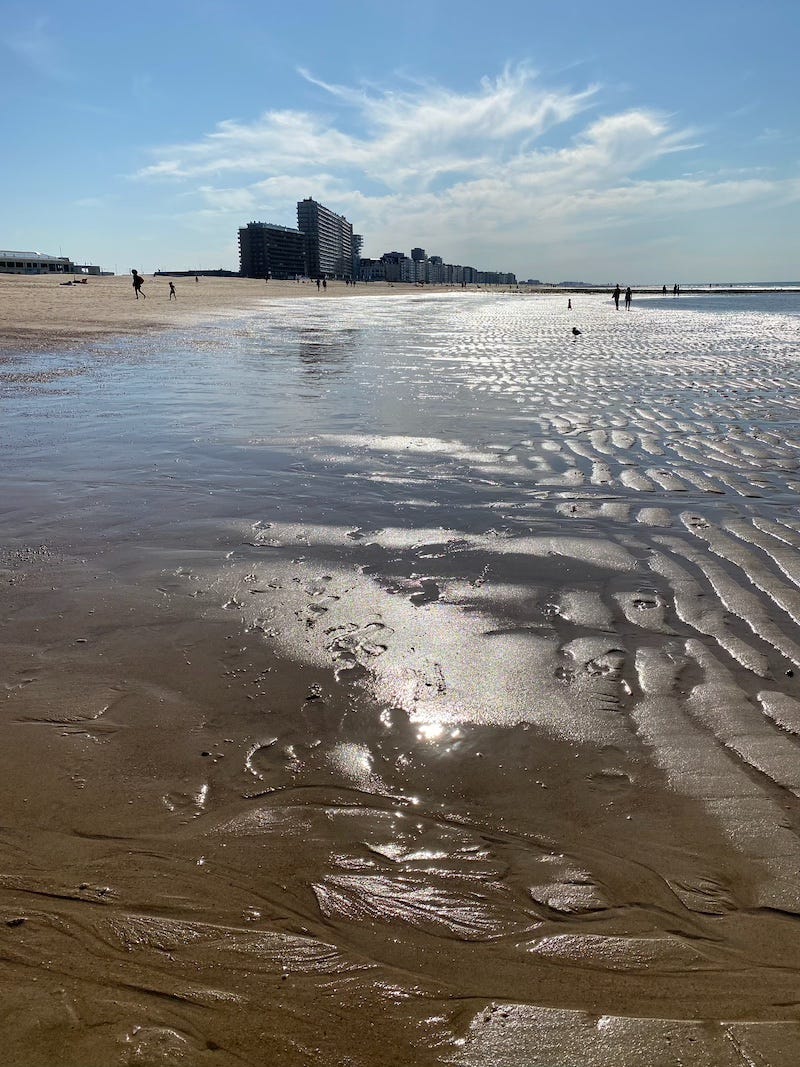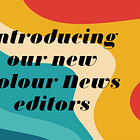Ostend in Autumn
by Vinciane Lacroix
October can still offer us beautiful, soft, and luminous days. Take advantage of them to discover three exhibitions in Ostend, where photography, painting, and illustration meet by the seaside.
My subjective selection of works was largely guided by a chromatic point of view, highlighting how each artist approaches color.
Note that all photographs were taken on-site. For better quality, follow the provided links.
Photography Biennale
Until November 16, 2025, the Photography Biennale animates the entire city. Here, I only recount my visits to some free locations.
The favorite: Frieke Janssens
Already on the promenade, Frieke Janssens’ work catches the eye. You might remember her Rendez-vous, a reinterpretation of Botticelli’s Venus featured in the Color Challenge #12. Here, her work unfolds through a simple setup – portholes and large panels – inviting discovery.
Her chromatic signature is clear: a limited palette, muted or pastel backgrounds, and touches of precise colors. I appreciate the thematic variety: politically incorrect (children smoking), offbeat (an elderly lady in a swimsuit posing like in a fashion catalog), surreal (a man sinking into a wallpapered wall).
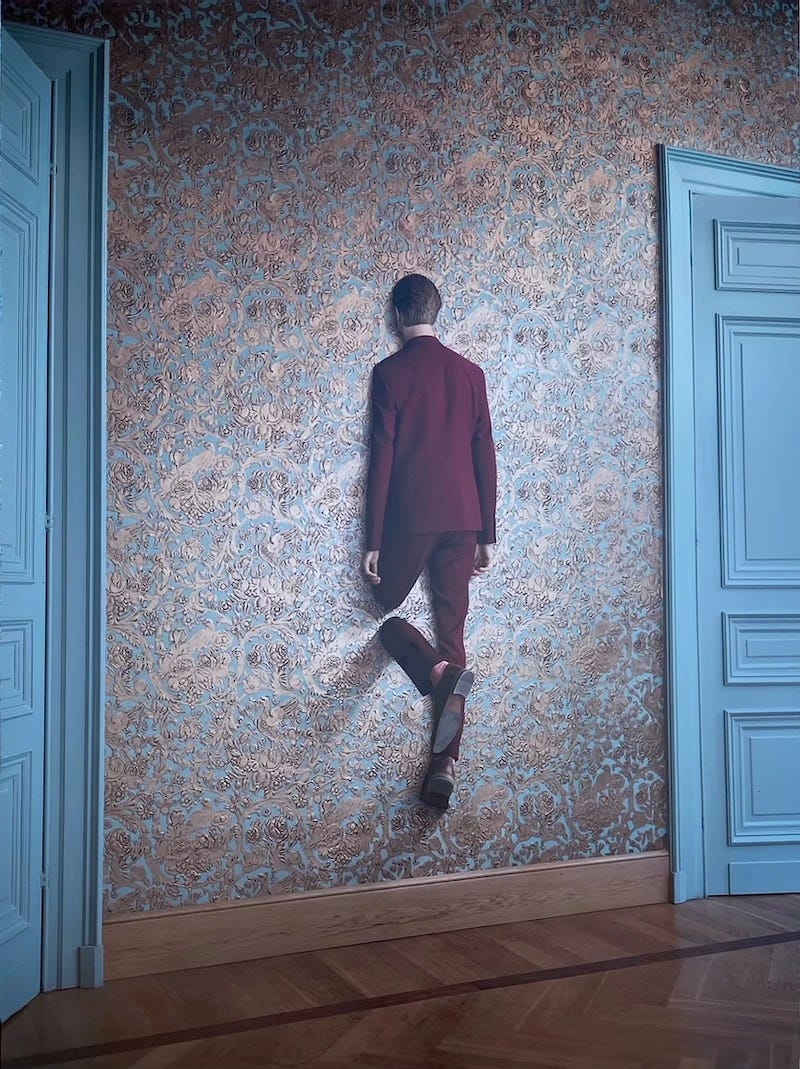
Her treatment of color is the opposite of Sanja Marušić’s, exhibited further at “Drie Gapers.” Marušić plays with saturated colors in very simple compositions. However, this woman lost in a dark universe, crossed by windows, in a blend of pinks, yellows, and oranges seems an exception. An anomaly in her current production or a printing technique effect?
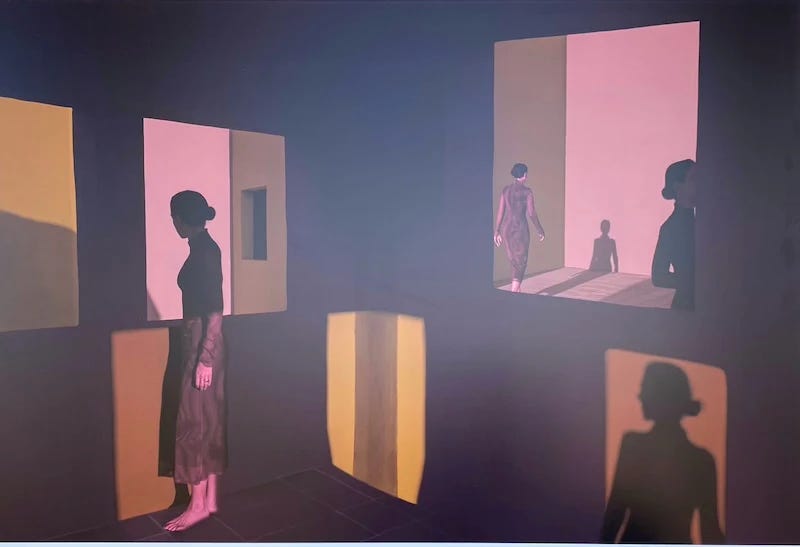
Other discoveries
The Biennale, of course, is not limited to these two artists. Along the King Baudoin gallery, each participating photographer is represented by some very large formats. This encourages a deeper visit: to Fort Napoléon, the Anglican church, or other venues.
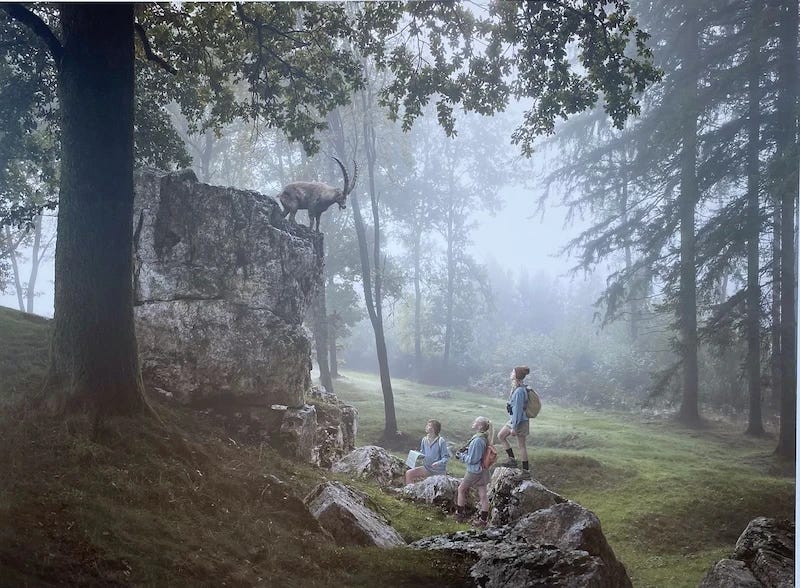
Among my discoveries: the unusual universe of Jan Pypers, the surreal poetry of Maia Flore, and Ostend’s vision by Adrien Hendrickx. I share with Fred Debrock a fascination for the Palace of the Thermal Baths, caught in reflections, sometimes abandonment or obsolescence.
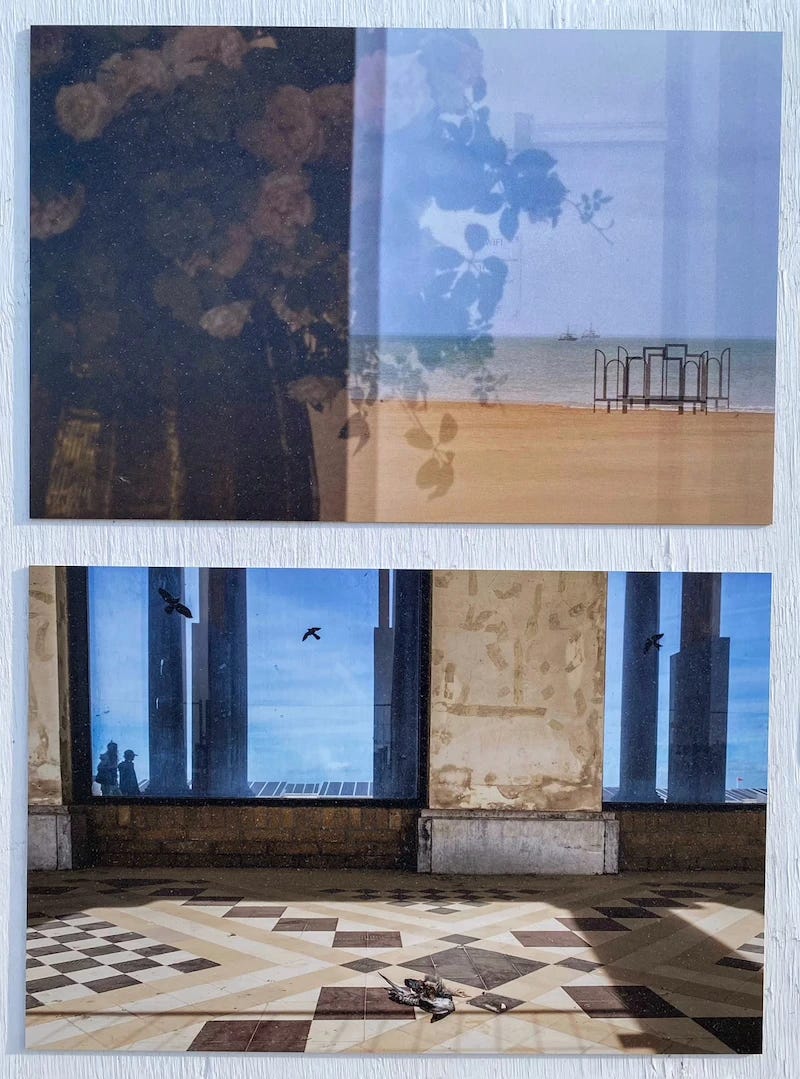
Every autumn, the call of the sea brings me back here. I left some traces on Instagram in 2017, 2018, 2019, and 2021. This will soon be history, as this architectural jewel is finally undergoing renovation. Meanwhile, it is still possible to enjoy shrimp croquettes at Brasserie Albert, with a view of the beach.
A regret
I still regret not having seen Valerie Naessens’s pictorialist images. Her aesthetic reminds me of Whistler’s Nocturne in Blue and Gold, and more broadly, the famous magic hour (see Challenge #7). But her work awaits me at Galerie P until November 16.
Mu.Zee at the Venetian Galleries
The exhibition It’s a Sunday on the sea! , organized by Mu.Zee (currently under renovation), borrows its title from a verse by Émile Verhaeren, deeply linked to the Belgian imagination of the sea. It shares the limited but charming space with two other exhibitions, until February 22, 2026.
One is dedicated to the museum’s reserves, inviting you behind the scenes with works installed on grids, without much visual distance, but revealing the richness of the collections. The other, more contemporary, located in the heart of the space, evokes ecological catastrophes in the installation Plastic Reef. Here you receive your dose of guilt for participating in the collective toxic sinking.
It’s a Sunday on the sea!
A bilingual brochure accompanies the exhibition, containing the entire poem by Verhaeren. Here, words lead the way: without images, the text dialogues with the works. A fine idea! Moreover, some works are protected by devices to avoid UV damage. Despite clear signage, I missed them at first, so I returned quickly. These fragile works are not the ones I will remember from the exhibition, so don’t worry if you miss them.
The classics
This small exhibition, reduced to the left wing of the gallery, filled me completely. I never tire of Spilliaert’s seascapes. I especially enjoyed this one, with warm sandy tones under a bright sky.
I know Constantin Meunier as a sculptor, but here I discovered him as a painter. Certainly, the somber tones of Shrimp Fisherwomen at Mariakerke are not joyous, but what a presence in these figures confronting the elements! With a few brushstrokes, they stand like sculptures. What a contrast with the equally interesting vision of Edouard Pignon! In a nearly abstract take on the same subject, he contrasts vivid orange and yellow against a gray background. Yet the gloomy weather is just as present.
The surprise
What a surprise to discover there a watercolor by Erich Heckel, German expressionist and founding member of Die Brücke. An eternal Ostend, again on the promenade near the Thermal Baths.
The artist spent five years in Flanders. He produced 75 paintings and hundreds of drawings and watercolors there. The Mercatorfonds even dedicated a book to this topic.
Of course Ensor and his painting of Ostend on the city side are present, Ostend seemingly unchanged. Other “classics” as well, but impossible to mention them all here.
And still...
In a more meditative style, Robert Clicque paints simple horizons of sea and sky, opening a contemplative space.
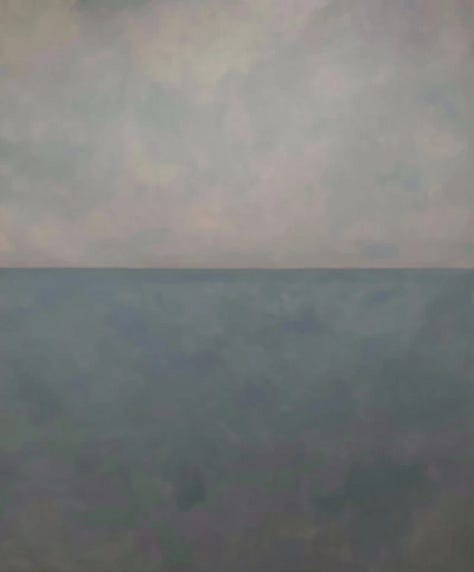
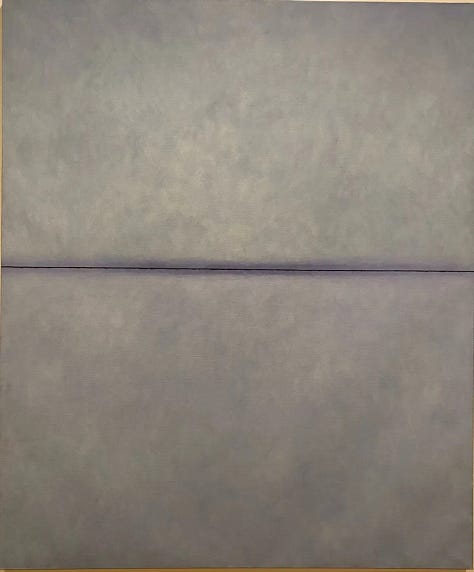
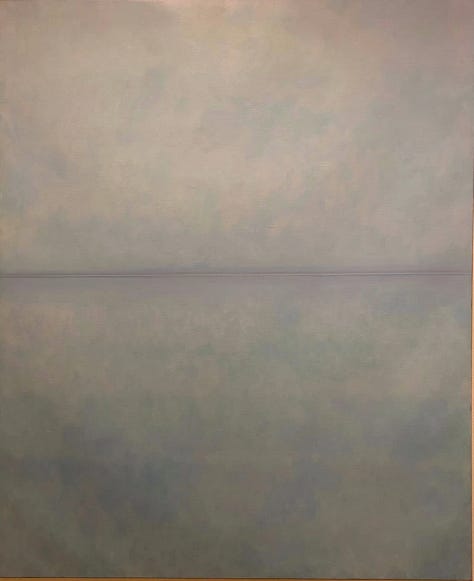
Finally, a small installation — an old shop of seashells and postcards — breathes a wind of nostalgia. If you are not sensitive to it, it will at least make you smile.
To end this tour, here again is Landscape with Bellflowers by Juliette Wytsman, whose palette evokes Monet at Giverny.
Humo-ism – Villa Volta
Last stop at Villa Volta, beautiful Belle Époque architecture, hosting the Humo-ism exhibition until November 2, 2025 (Friday to Sunday, 2pm-6pm).
I visited motivated by the names Ever Meulen and Joost Swarte, figures who shaped Brussels graphic design in the 1980s and the golden age of Plaizier.
The exhibition’s title refers to Humo magazine, which introduced these illustrators. Since then, their fame has widely exceeded our borders: Joost Swarte made many covers for The New Yorker — notably gathered in New York Boek — while Louis Vuitton entrusted Ever Meulen with the travel book of its Brussels collection, a true love letter to the city.
Thus, four artists (Ever Meulen, Joost Swarte, Kamagurka, and Herr Seele) exhibit at the villa, each given free rein for their floor.
Entry costs €5, which gives you a coffee and a biscuit to enjoy in the basement, where you can also buy postcards and relax in the small garden.
Guided tour
Though I was a bit frustrated by the limited number of works presented by Ever Meulen, I recognized his unmistakable graphic style. However, I would have liked to see more of his screen prints, some still commercially available.
Joost Swarte’s floor pleased me more, thanks to the abundance of boards, where narrative and typography blend with humor and effectiveness. It’s not easy to succeed in a comic exhibition, but here it works.
The room dedicated to Humo covers is particularly impressive: it reveals both the history of Belgian graphic design and a chronicle of the concerns of a wide and diverse segment of Flemish society.
I am less sensitive to Kamagurka’s universe, though chosen for the poster. As for Herr Seele, he closes the tour with pseudo-classical paintings, cheerfully offbeat, heir both to old masters and Belgian surrealism. Some satires — Trump or Musk — are foreseeable, but it’s clear the artist is having fun, and so are we.
Go and see them!
Three ways to approach color at Ostend - and a great chance to enjoy the coast under autumn light.
Vinciane Lacroix is the editor of the Colour Exhibitions column of the ICA-Belgium Colour News.
You can read more about her here.
ICA-Belgium is a community of colour lovers that share a common interest in colour, spanning the fields of art, design, architecture, science, industry, education, linguistics, philosophy, history… Join us and get to know other colour enthusiasts and professionals from all around the world (yes, we have international membership!), share about your work, develop opportunities for collaboration, build connections and contribute to a dynamic colour platform.



